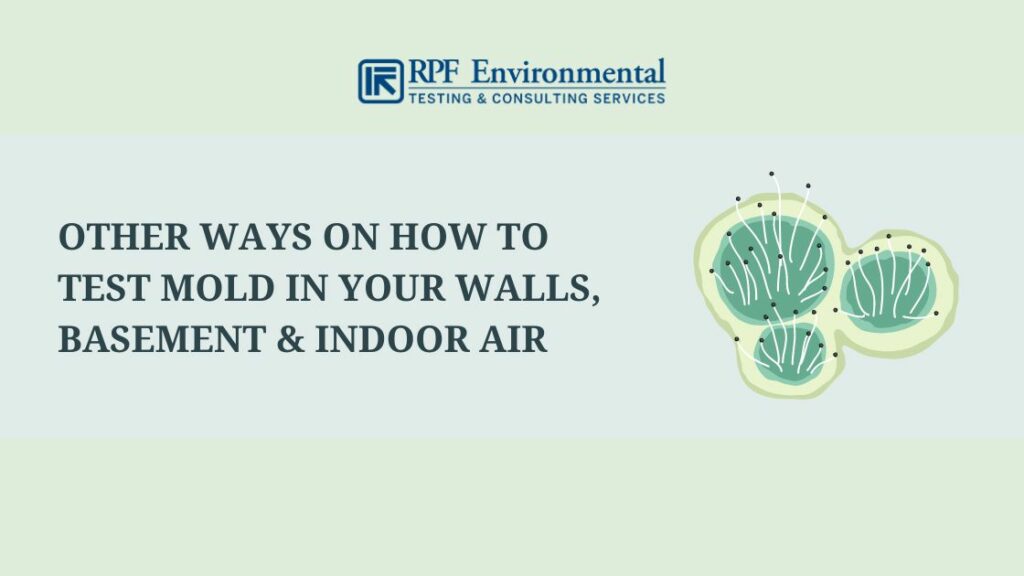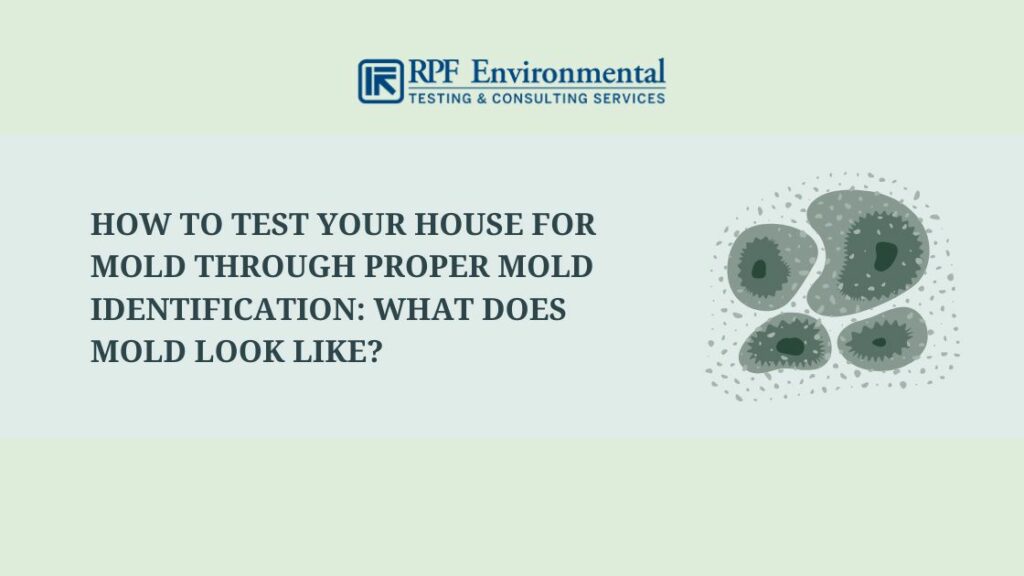Maximize Your Compliance with Relied on Mycotoxin testing Services Solutions
Maximize Your Compliance with Relied on Mycotoxin testing Services Solutions
Blog Article
Just How Mycotoxin Screening Helps Stop Contamination and Secure Food Supplies

Mycotoxin testing is an essential technique in the food industry, offering as a frontline defense against contamination by dangerous contaminants generated by molds. With the application of innovative techniques like High-Performance Fluid Chromatography (HPLC) and Liquid Chromatography-Mass Spectrometry (LC-MS), food producers can precisely find and evaluate mycotoxin levels in agricultural products.
Comprehending Mycotoxins
Comprehending mycotoxins begins with recognizing that they are toxic second metabolites generated by particular mold and mildews, which can pollute farming items. These metabolites are not necessary for the growth or reproduction of the fungis but can have severe effects for human and animal health. Mycotoxins are commonly discovered in staple crops such as corn, wheat, barley, and nuts, where they can multiply under specific conditions of dampness and temperature.
There are several kinds of mycotoxins, each created by different fungal varieties. Fusarium types produce trichothecenes and fumonisins, both of which are associated with different severe and persistent health and wellness concerns.

Threats of Mycotoxin Contamination
The risks of mycotoxin contamination are complex, posing substantial dangers to both food security and public health and wellness. Mycotoxins, poisonous substances created by specific types of fungis, can infect a broad range of farming items including cereals, nuts, flavors, dried fruits, and coffee.
Economic effects are an additional significant issue. Infected plants can cause substantial monetary losses for farmers and food manufacturers as a result of reduced returns and the requirement for costly purification steps. Global profession can be considerably hindered as nations enforce rigorous mycotoxin regulations to protect their populations, leading to declined shipments and stretched trade relations.
Ecological aspects such as climate modification exacerbate the danger of mycotoxin contamination. Variations in temperature and humidity can produce positive problems for fungal development, increasing the possibility of contamination occasions. Thus, understanding and mitigating these dangers are essential for making sure the security and integrity of worldwide food supplies.
Methods of Mycotoxin Examining
Accurately recognizing mycotoxin contamination in agricultural items is important for safeguarding public health and wellness and maintaining food safety and security criteria. Numerous methods are employed to find and evaluate mycotoxins, each offering particular advantages and constraints.
High-Performance Fluid Chromatography (HPLC) is a commonly made use of technique because of its high sensitivity and precision. It includes dividing mycotoxins from other substances in a sample, allowing exact metrology. In A Similar Way, Liquid Chromatography-Mass Spectrometry (LC-MS) integrates liquid chromatography with mass spectrometry to supply comprehensive molecular details, making it particularly beneficial for determining multiple mycotoxins at the same time - Mycotoxin testing Services.

Gas Chromatography-Mass Spectrometry (GC-MS) and Thin-Layer Chromatography (TENDER LOVING CARE) are also employed, each with distinct applications. GC-MS works for volatile mycotoxins, while tender loving care uses an easier, cost-effective choice for preliminary screening.
Benefits of Normal Evaluating
Routine testing for mycotoxins in farming items uses many advantages, significantly adding to public health and food safety. By determining contamination early, regular screening assists avoid the circulation of hazardous foods, therefore decreasing the threat of mycotoxin-related ailments amongst customers. This positive technique not only safeguards human wellness see yet also boosts the total top quality of food products.
Regular testing also sustains regulative conformity. Different countries and areas have actually developed strict limitations for mycotoxin levels in food and feed. Adhering to these restrictions via regular testing guarantees that suppliers and producers fulfill lawful standards, thus staying clear of charges and profession barriers. Maintaining conformity fosters customer depend on and brand credibility, which are vital for market success.
Furthermore, normal mycotoxin testing can result in considerable economic benefits. Early detection of contamination enables prompt intervention, minimizing prospective losses from widespread contamination. Applying routine screening methods can additionally minimize recall expenses Homepage and relevant responsibilities, which can be financially ravaging.
Moreover, regular testing supplies beneficial data that can educate far better farming techniques and storage space problems. By comprehending patterns of contamination, producers can adopt safety nets, therefore contributing and reducing future risks to the sustainability of the food supply chain.
Implementing Checking Protocols
Executing reliable mycotoxin screening protocols is crucial for making sure the safety and high quality of agricultural products. Establishing a robust testing framework involves numerous vital steps, starting with the recognition of prospective contamination points within the manufacturing and supply chain. This includes pre-harvest, post-harvest, storage, and distribution phases. Each phase should be scrutinized to identify where mycotoxin contamination is more than likely to happen.
Once crucial control factors are recognized, picking suitable screening methods is necessary. Typical techniques include enzyme-linked immunosorbent assay (ELISA), high-performance fluid chromatography (HPLC), and mass spectrometry (MS) Each technique has its weak points and strengths; thus, picking the right one depends upon the particular mycotoxin being tested, the needed sensitivity, and offered resources.

Last but not least, integrating the screening procedures right into a comprehensive food safety and security administration system is a good idea. This improves traceability and makes it possible for quick rehabilitative activities when contamination is discovered, therefore protecting the stability of the food supply chain.
Verdict
Mycotoxin screening is essential in stopping contamination and look at this site securing food materials by making it possible for very early detection of hazardous toxins produced by mold and mildews in agricultural items. Advanced methods such as HPLC and LC-MS ensure conformity with safety policies and safeguard consumers from health threats. Regular testing enhances brand reputation, financial stability, and rely on food safety and security by minimizing contamination-related losses and keeping high criteria in food production. Implementing strenuous testing protocols is therefore critical for the industry's total health.
Mycotoxin screening is a crucial practice in the food market, serving as a frontline defense versus contamination by unsafe toxic substances generated by mold and mildews. An incorporated approach involving agricultural practices, storage administration, and routine screening can alleviate the dangers connected with mycotoxin contamination, guaranteeing food security and public health.
The threats of mycotoxin contamination are diverse, positioning considerable risks to both food safety and security and public health and wellness.Routine screening for mycotoxins in farming items uses various benefits, significantly contributing to public wellness and food safety and security.Mycotoxin testing is important in avoiding contamination and protecting food supplies by enabling early discovery of harmful toxic substances generated by mold and mildews in farming items.
Report this page